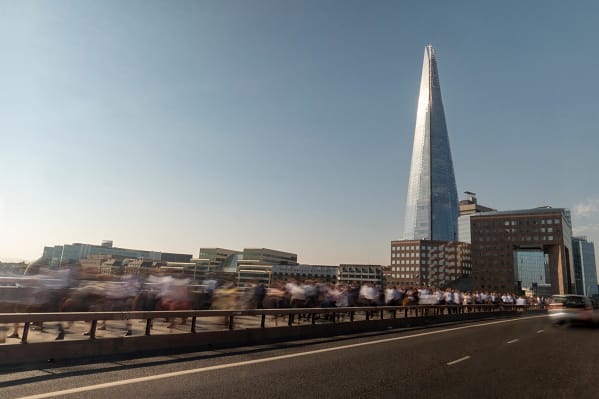
"The latest KPMG and REC, UK Report on Jobs: London survey highlighted a deteriorated hiring landscape in September, following signs of recovery in the previous month. Both new permanent placements and billings received from the employment of short-term workers fell at a stronger pace than observed in August. Redundancies continued to fuel marked expansions in the supply of candidates. Recruiters in the capital also reported a decrease in open vacancies."
"After some signs of recovery in August, London's jobs market slipped back in September, with permanent placements falling at a quicker pace. This isn't across the board; we see significant variation by industry sector, with some such as parts of the construction sector, showing buoyancy in both the permanent and temporary jobs market. "Weaker demand more broadly is keeping pay pressures subdued, which means businesses willing to invest now have a real opportunity to secure skills at more stable pay levels."
"In fact, the decline in permanent roles was the most pronounced since August 2020 when demand for staff was severely impacted by the COVID-19 pandemic. An increased supply of candidates, along with falling demand for labour, meant pay pressures across the capital were historically subdued and modest overall. The KPMG and REC, UK Report on Jobs: London is compiled by S&P Global from responses to questionnaires sent to around 100 recruitment and employment consultancies in London."
London's labour market deteriorated in September with falls in both permanent placements and billings for short-term workers, reversing signs of recovery from August. Recruiters reported a sharper decline in permanent hires and fewer open vacancies alongside marked increases in candidate supply driven by redundancies. The reduction in permanent roles was the steepest since August 2020 when COVID-19 hit demand for staff. Greater candidate availability and weaker labour demand kept pay pressures historically subdued and modest across the capital. Activity varied by sector, with parts of construction showing buoyancy in permanent and temporary hiring. Apprenticeships and alternative routes into employment have increased as employers seek to build skills.
#london-jobs-market #permanent-hiring-decline #candidate-supply-and-redundancies #subdued-pay-pressures
Read at London Business News | Londonlovesbusiness.com
Unable to calculate read time
Collection
[
|
...
]